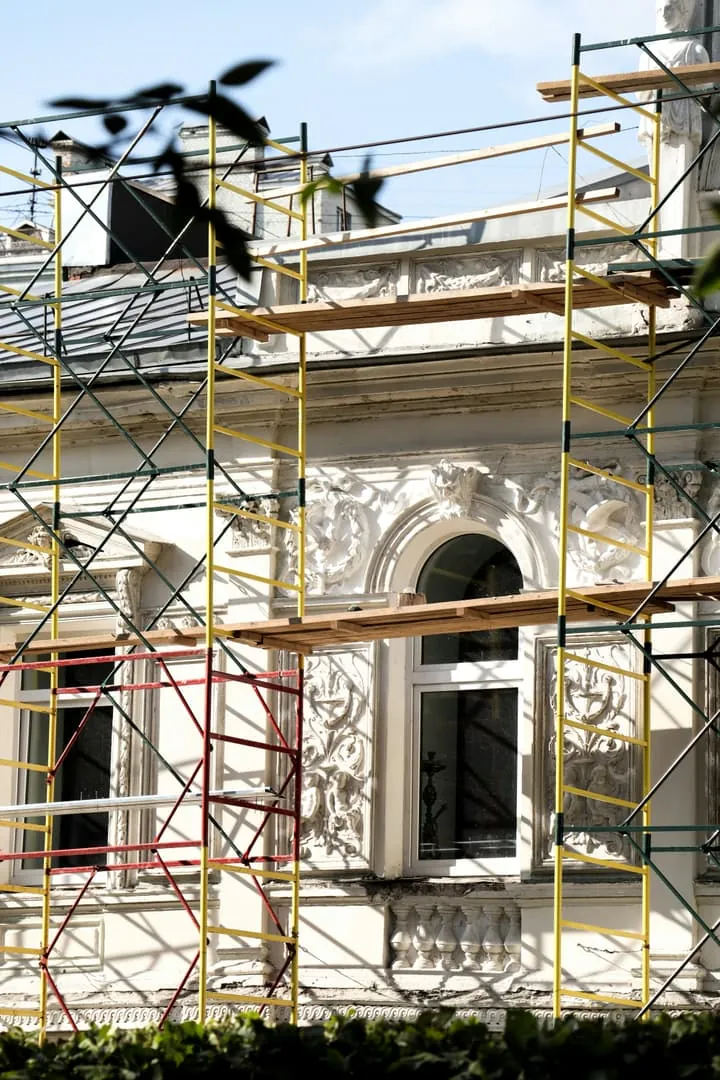
Smart Thermostats 2025: How Connected Heating Can Save Energy and Money
They learn your habits, predict weather drops, and cut energy use automatically. Smart thermostats are no longer gadgets — they’re essential allies for saving energy in 2025.
1. Why they matter in 2025
2. How they work
3. Top 3 models 2025
| Brand | Strengths | Price |
|---|---|---|
| Netatmo Smart Pro | French-made, simple interface, heat pump ready | €180–250 |
| Tado° 4th Gen | Great app, multi-room control | €200–280 |
| Google Nest 3 | AI learning, sleek design | €230–300 |
4. Compatibility
5. Subsidies & incentives
6. Environmental benefit
7. Privacy & data security
8. The future
People Also Ask
Conclusion: In 2025, smart thermostats aren’t just comfort devices — they are the brain of a modern, energy-aware home. Combining technology, simplicity, and sustainability is the new definition of smart living.
About the author:
Alexandre Dubois is a French sustainability enthusiast sharing practical tips for eco-friendly daily living. Contact: info@greendailyfix.com
You may also like

Eco Heating 2026: The Sustainable Trends to Watch Now
Winter 2025–2026 marks a key turning point. With fluctuating energy prices, French households are turning toward greener, more stable, and local heating solutions. In 2026, three major trends stand out: hybrid heat pumps, domestic biogas, and smart thermal storage. Here's how they're reshaping the way we heat our homes sustainably.

Heat Pump or Full Eco-Renovation: What Should You Choose in 2025?
With rising energy costs and growing environmental pressure, more French homeowners are asking: Should I install a heat pump or go for a full eco-renovation? In 2025, both paths receive strong subsidies — yet their goals, timelines, and returns differ. Here's the complete guide to understanding, comparing, and choosing the best long-term investment for your home.

Green Insulation 2025: The Hidden Power of Eco-Friendly Materials
Insulation is the invisible core of every successful renovation. In 2025, eco-friendly materials — hemp, wood fiber, cork, cellulose — are moving from niche to norm. They combine thermal efficiency, comfort, and low carbon impact. Here’s how natural insulation is reshaping homes and energy bills.